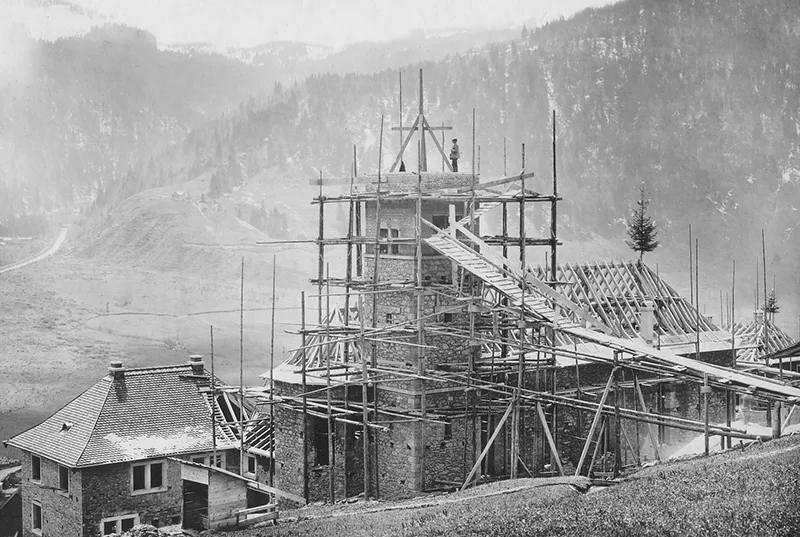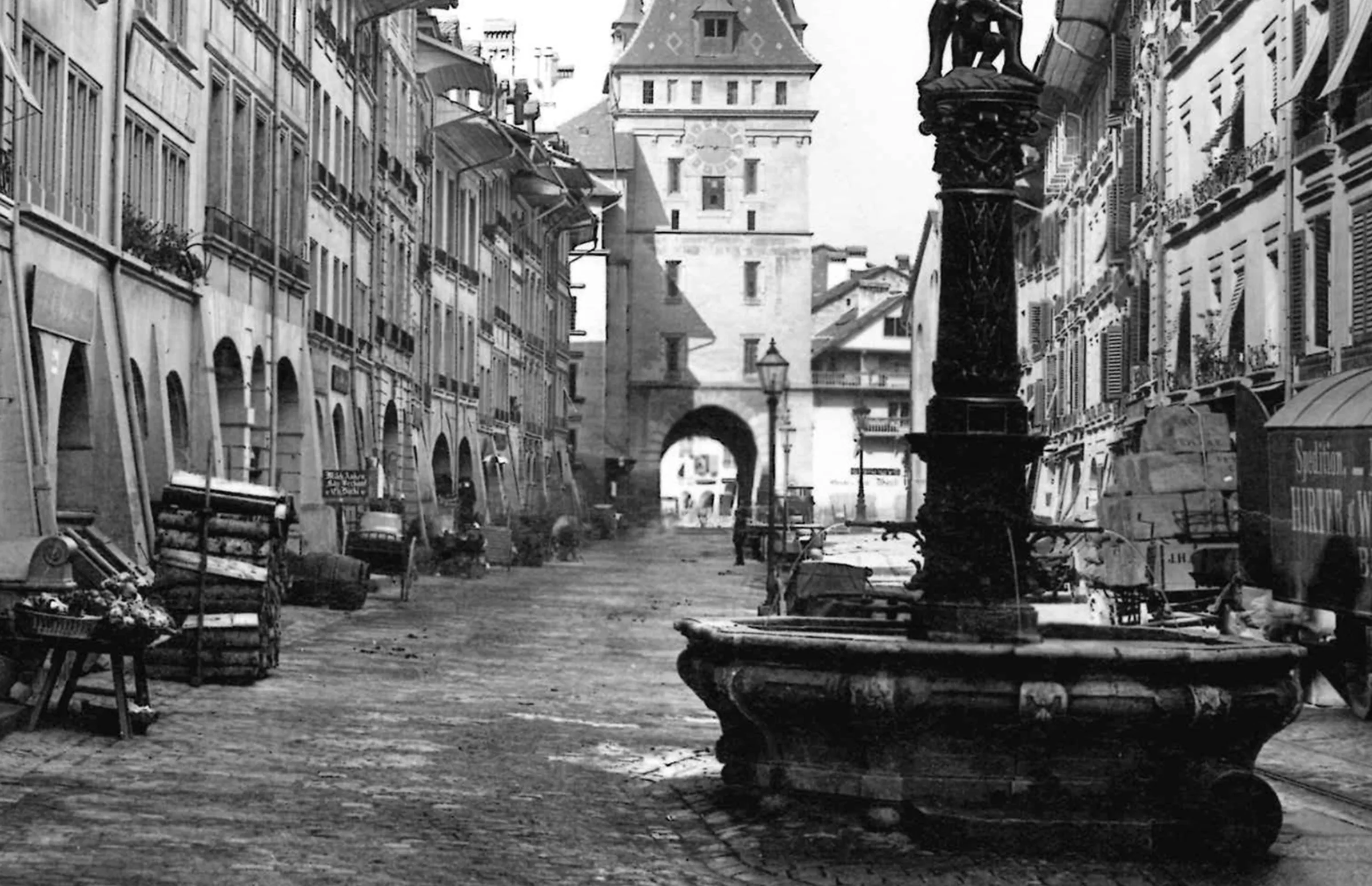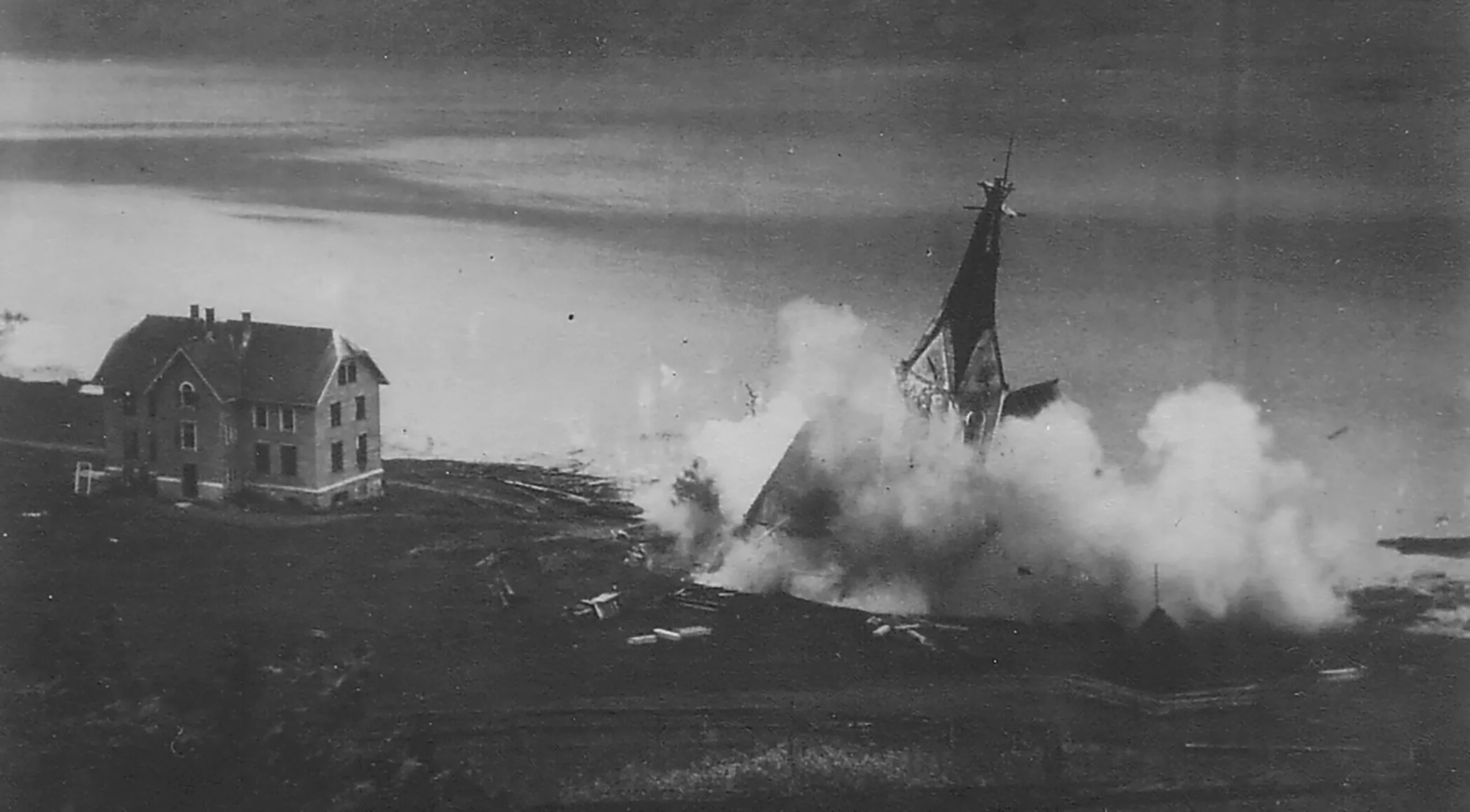
The sunken village
On 9 August 1924, the church at Innerthal was blown up. Then the floodwaters came. The reason for this was the growing demand for electricity in Switzerland and, as a result, the construction of a reservoir.
In 1924, the otherwise tranquil Wägital in the Canton of Schwyz was a popular sightseeing destination. The crowds who flocked to the valley cutting south of Siebnen in the March district on foot or by bicycle wanted to inspect the huge construction site, and view this national place of sadness. Soon, the Wägital electric power station would flood the valley floor, and force out the 336 inhabitants of the village of Innerthal.
The curious onlookers wanted to see the site of the upcoming disaster with their own eyes one last time. The white markings indicating the future water level were pointed out to them. The church steeple with its towering spire made the deepest impression: one day soon, those familiar with the place knew, the lake surface would be up there. The visiting crowds gawped in amazement, and shivered a little. But the residents of the Wägital stood by, helpless and weeping; some were filled with anger or fear.
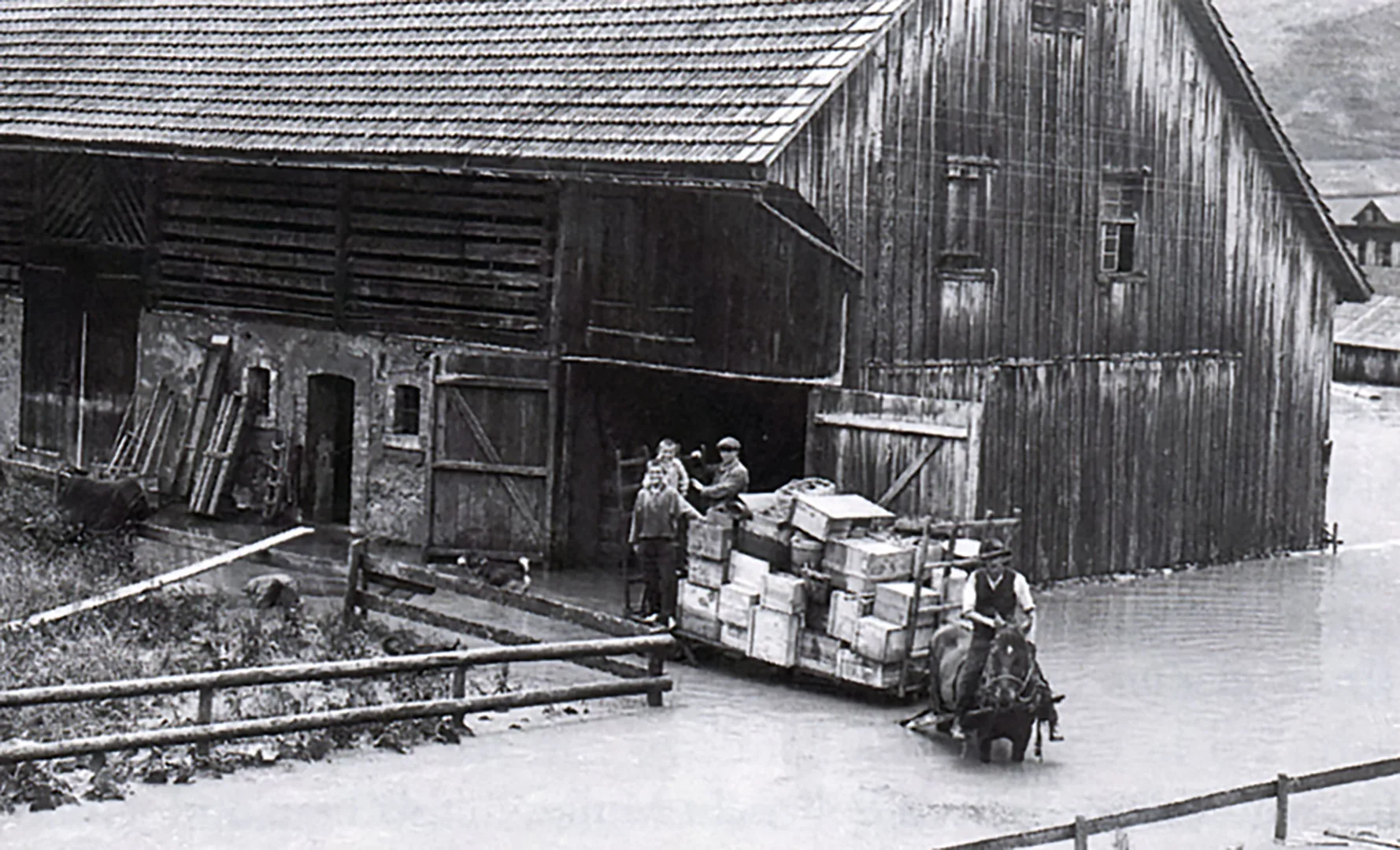
Electricity instead of gas
The construction of the huge electric power station had become necessary because demand for electricity in Switzerland had increased dramatically. More and more households were being electrified: across the country, people were increasingly cooking with electricity rather than gas. Instead of irons filled with glowing coals, people were using electric irons. Swiss industry was also expanding, filling its factories with new machinery that ran on electricity. The figures speak for themselves: between 1910 and 1920, electricity consumption doubled in Switzerland. In 1920 the country was one of the world’s biggest consumers of electricity!
But not everyone wanted to electrify their houses, including in the Wägital. One woman, old Crescentia from Hof Au in Innerthal, steadfastly refused to be connected to the electricity supply. She wanted no part of such new-fangled contrivances, exclaiming: “D’Zürcher, dia gnissäletä Chäibä, mömmer dä nöd i all Eggä hinderä gliissä!” And now for everyone who doesn’t speak Schwyz dialect: I don’t need those Zurich varmints, the deranged lot, poking around in every corner.
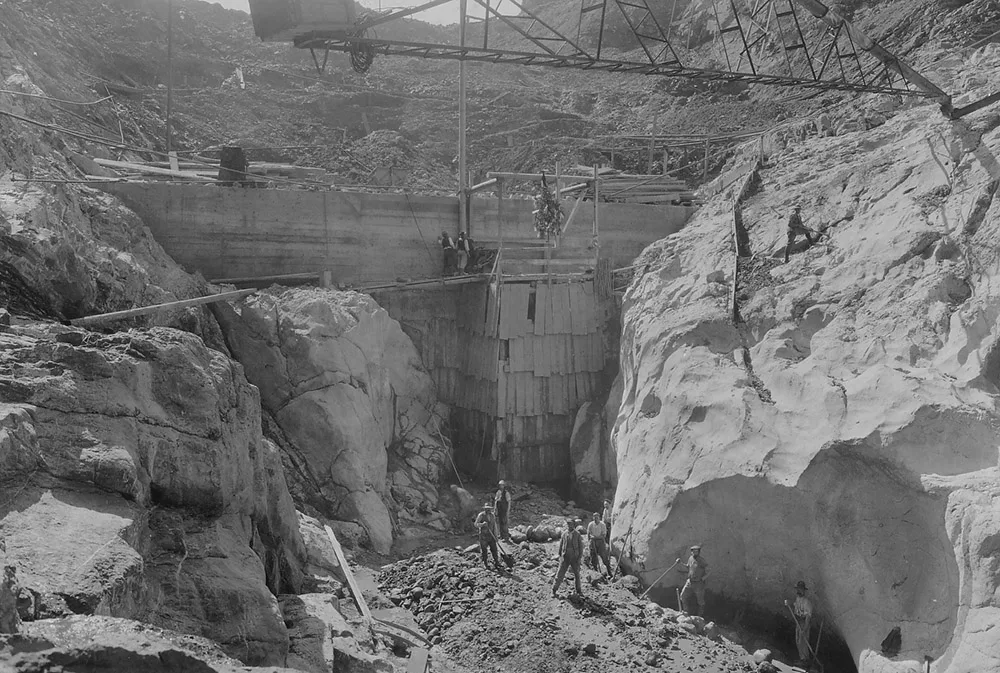
But the electricity producers from the Nordostschweizerische Kraftwerke (NOK) power company and the City of Zurich came to the valley anyway, because the natural conditions were ideal, as expert assessments had shown. Just 40 kilometres from Zurich, the electricity industry would be able to generate a large amount of energy relatively cheaply. NOK and the City of Zurich already had power stations on the Albula, at Heidsee lake, on the Löntsch in Glarus, and the Letten, Beznau and Eglisau hydroelectric plants. But the demand for electricity was growing so rapidly that the shareholders invested CHF 40 million in the Wägital power plant. It ended up costing over CHF 78 million.
Anyone who dared to oppose the project in the 1920s had a hard road ahead of them. World War I had shown how vulnerable Switzerland was without sufficient energy of its own. Furthermore, the economic crisis of 1921-22 had made it clear how much the country relied on major construction projects to keep unemployment low. Arguments in favour of nature conservation or heritage protection therefore had no chance. In fact, at the time, people were excited by the possibilities offered by technology, and marvelled uncritically at the accomplishments of Swiss engineering. The reasoning put forward by engineer Ernst Bütikofer exemplifies the attitude at the time: “You can’t have everything. It’s either – or! We cannot pursue national electricity policy and at the same time declare idyllic valleys to be untouchable sanctums. Sacrifices must be made… 140,000 horsepower of energy or 37 homes: that’s what we’re looking at! The engineer can work out the equation immediately. The layperson weighs things up more slowly. But eventually he too starts to wonder: 37 homes or 140,000 horsepower of energy! The small must give way so the great can come into being!”
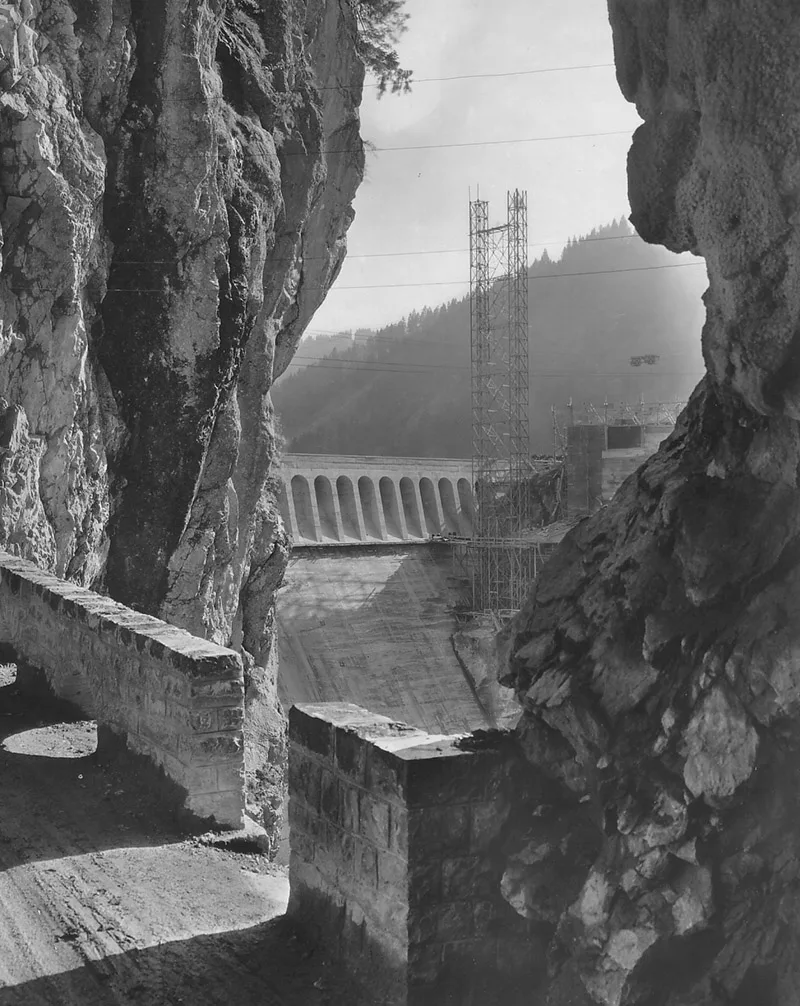
On 19 July 1924, the “great” began. The water flowed into the new reservoir. The local residents had to leave the farms and pastures they’d used for centuries to be swallowed up by the floodwaters. The inhabitants of Innerthal took their time vacating the village. Only when the water reached the doors of their houses were they forced to move. Some were almost hysterical with distress.
Soon the first telephone poles were in the lake, with only the white isolators sticking up out of the water. The houses downhill from the church were already underwater. Then the water reached the church. On 9 August, at precisely 2.20 p.m., the church was demolished by explosives. That shook the many onlookers to the core. The pond quickly became a little lake, the little lake soon became a big lake – and the village and church were nothing but a sunken memory! 37 homes and 498 hectares of meadows, pastures, straw fields, crop fields and forest disappeared into the floodwaters.
The little church of Neu-Innerthal was already standing newly built on the slope above.
